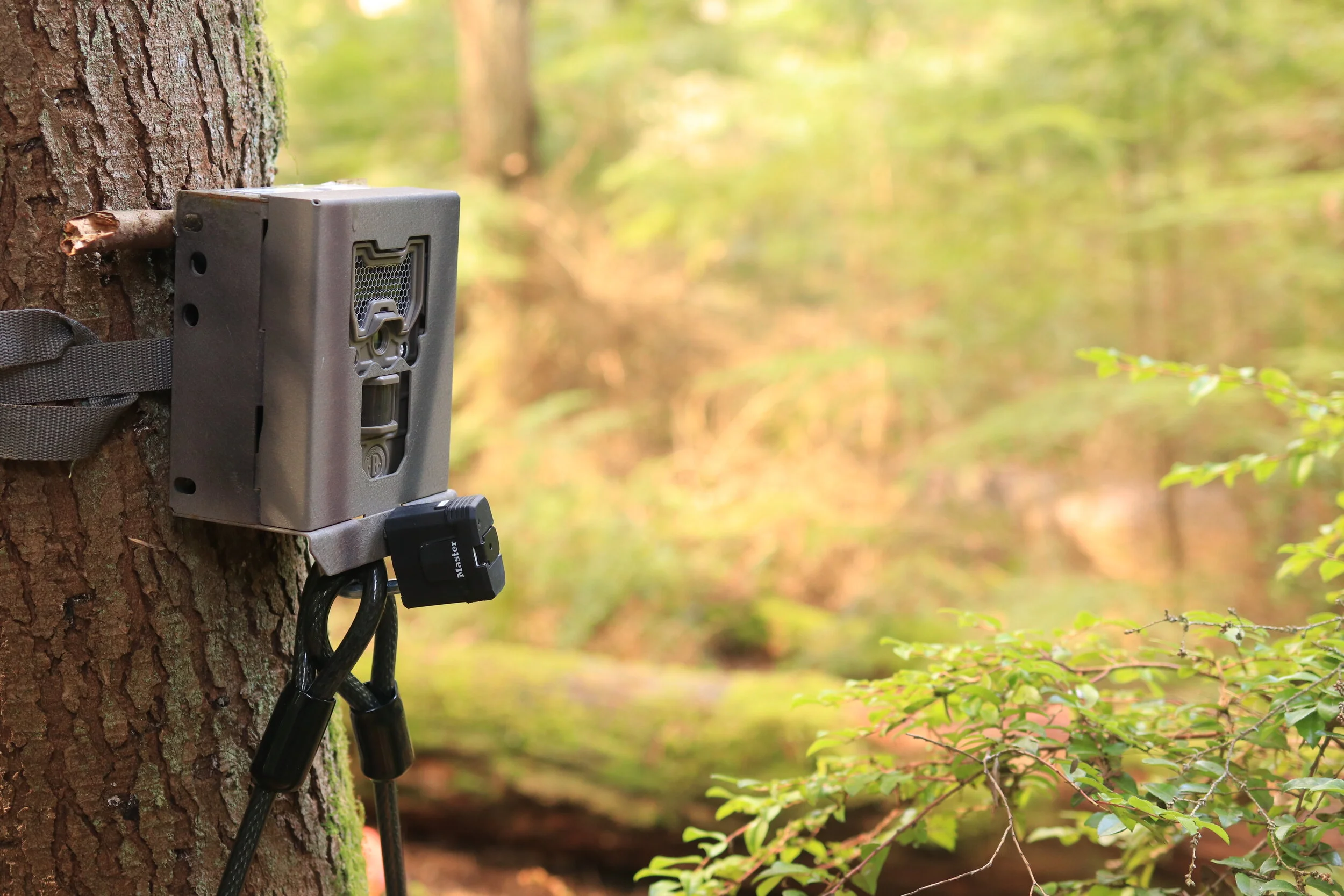Our Research
What is a carnivore?
Generally, a carnivore is any animal that eats meat. In our study we are focused on the group of mammals in the order Carnivora, a large group of mammals including dogs, cats, bears, seals, weasels, meerkats and more. Not all animals in this group have a strictly carnivorous diet. For example, a coyote is in the order Carnivora, but has an omnivorous diet (eating both plants and meat). Of the world’s 270 species of carnivores, about 25 call Washington State home.
Partnering to Study Local Carnivores Teams from the University of Washington, Point Defiance Zoo & Aquarium and Northwest Trek Wildlife Park are collaborating on a long-term wildlife monitoring project. The goal is to learn patterns of carnivore distribution, especially those of coyotes and raccoons, and how they interact with people within Tacoma and Pierce County.
Contributing to a Nationwide Scientific Study Our project is part of the Urban Wildlife Information Network (UWIN), working with scientists around North America to better understand how humans influence wildlife distribution and behavior. By comparing data, we can understand why animals in different cities behave differently and what patterns hold true in multiple locations.
Inspiring Stewardship of our Natural Neighborhoods We seek to understand our community members’ attitudes toward urban carnivores and foster positive feelings of empathy and stewardship to enhance co-existence. We dispel myths, address concerns and provide practical solutions for human-animal conflict.
Inspiring Future Conservation Leaders The project engages students in field conservation through current and future partnerships, with an emphasis on providing opportunities for underserved audiences to participate in community science and be mentored by science leaders.
Enhancing Management of Wildlife in Urban and Suburban Environments Findings from this project will be used to inform the building of smarter, greener cities that can help maintain and improve biodiversity in our region.
Research Methods
Motion-sensitive cameras
Approximately 40 motion-sensitive wildlife cameras are deployed for 30 days, 4 times a year. These cameras are set approximately 1 km apart, following two straight lines (transects) through Tacoma and heading south and southeast into suburban Pierce County. Camera sites include urban natural areas, city parks, green corridors and rural green spaces – places carnivores might regularly pass through.
Camera Field Station- Above is the setup used at each field site. A camera is attached to a tree or post and aimed at a suspected animal path. Any animal that moves in front of the camera (within the cone of detection) will trigger the camera to take a photo.
Photo Analysis
Project team members and volunteers sort through the thousands of photos taken since the start of the project in 2018. Each photo is tagged with the species of animal present and added to the growing project database. It takes considerable time and expertise to find and identify animals in photos – many images are triggered by plants moving in the wind or contain just small portions of passing animals. The animals we study don’t pose for perfect portraits! We also capture images of many non-target animals such as birds and small mammals, which add to understanding our area’s biodiversity.
Research Results
While camera trapping continues, the project is also beginning to analyze data to answer a variety of research questions. We’ll share research reports as they become available.



